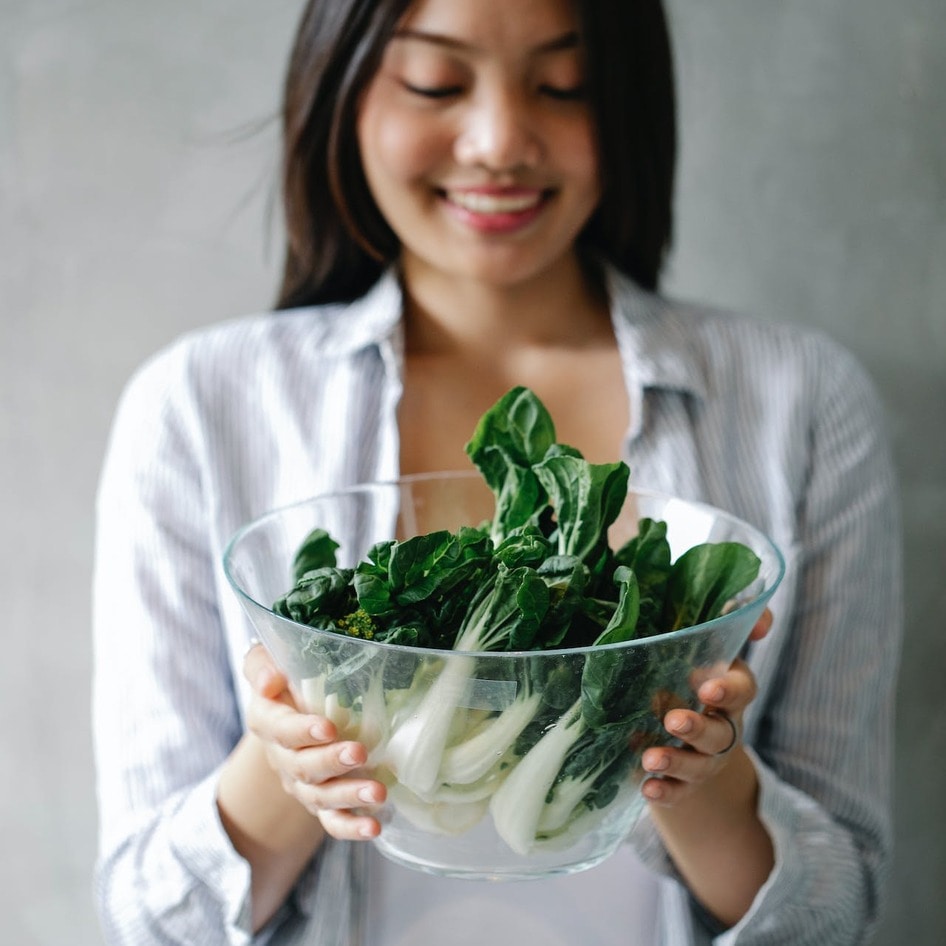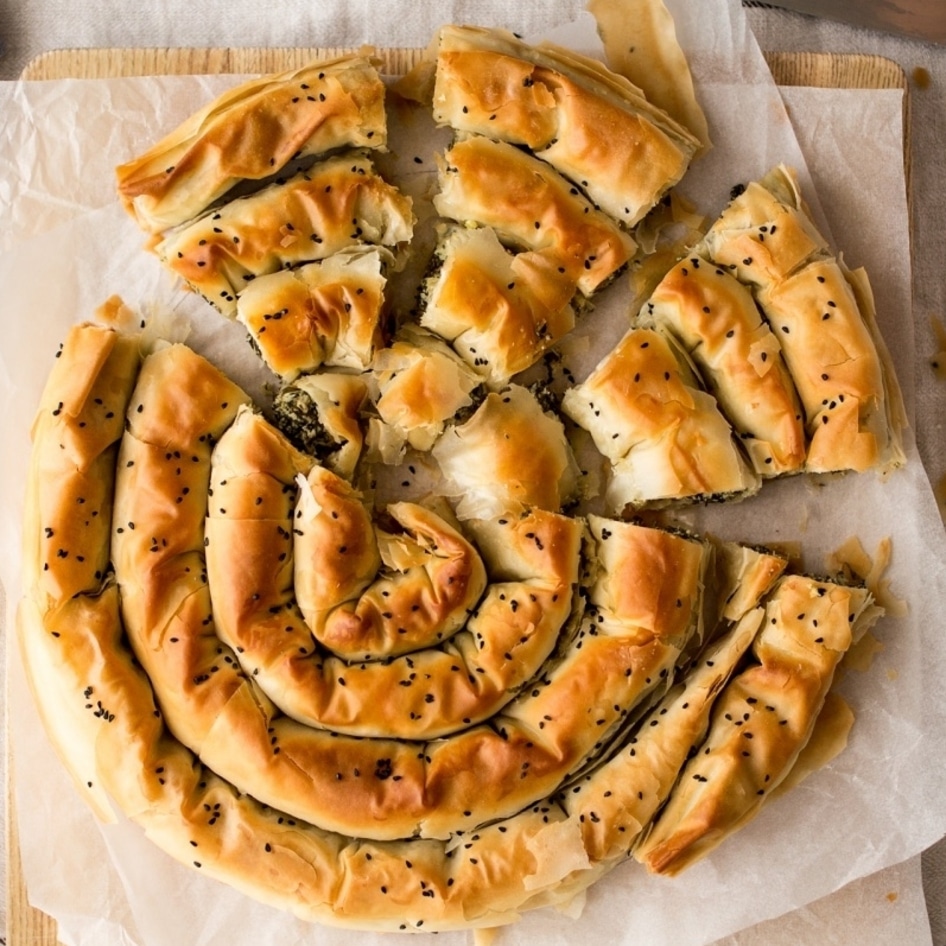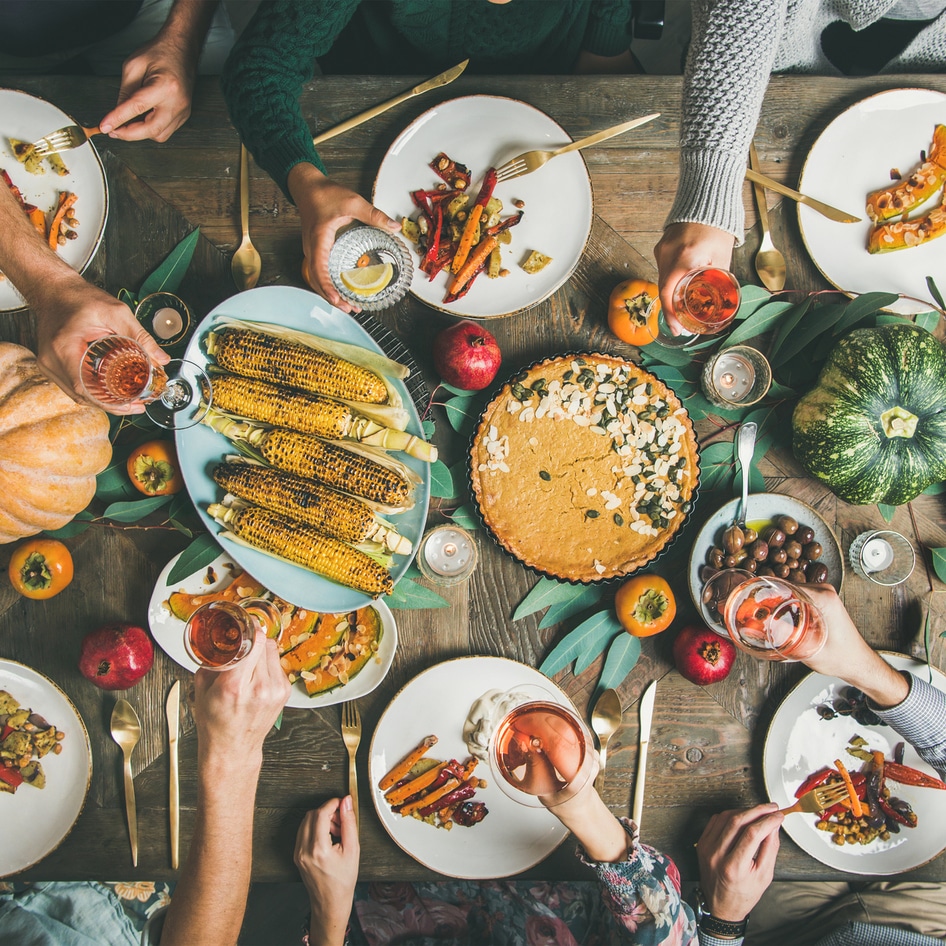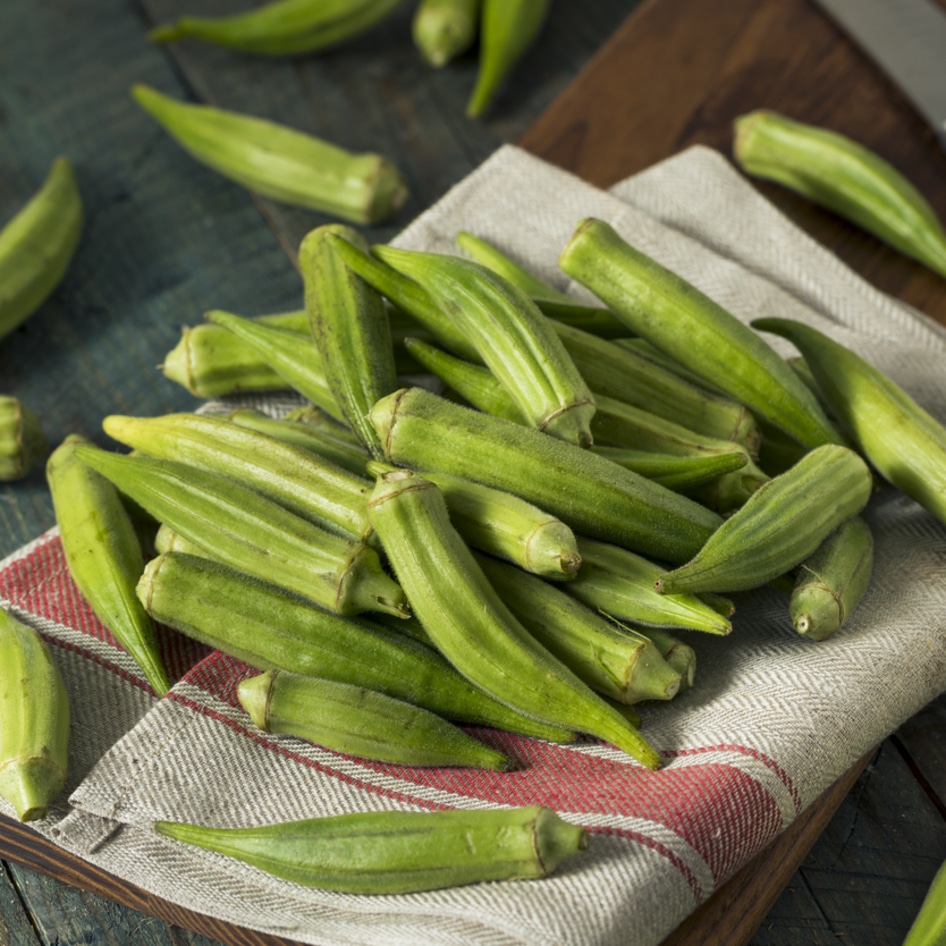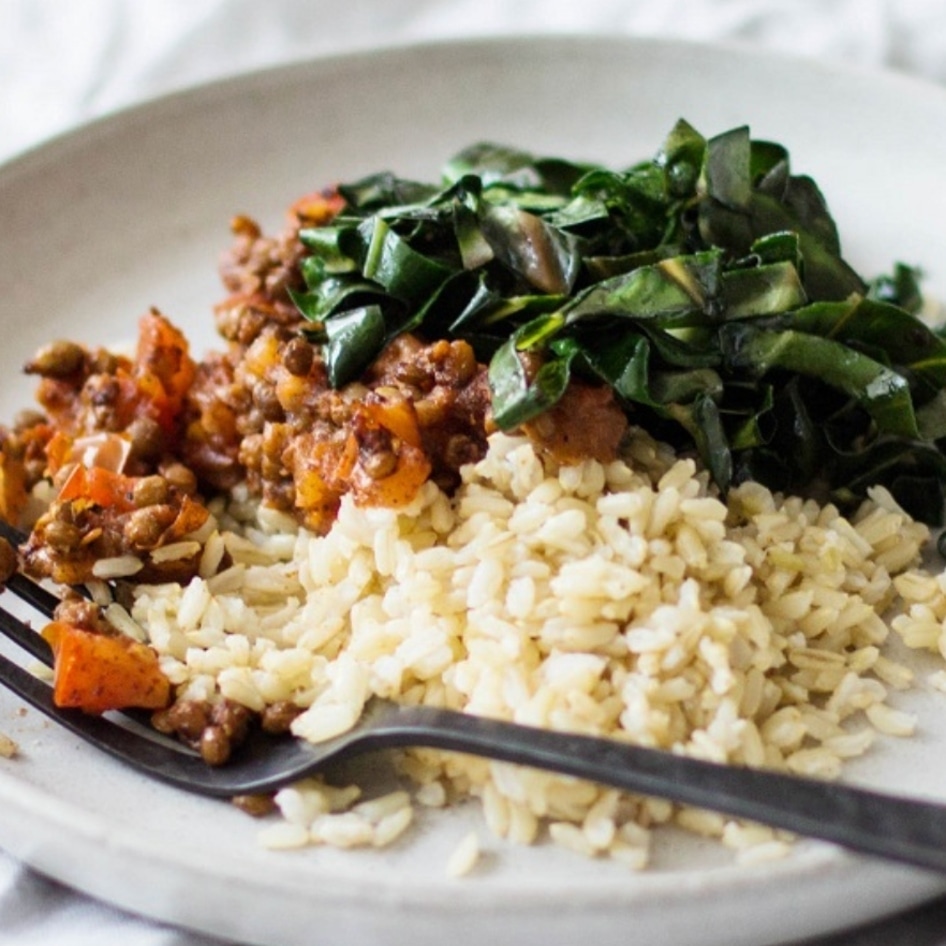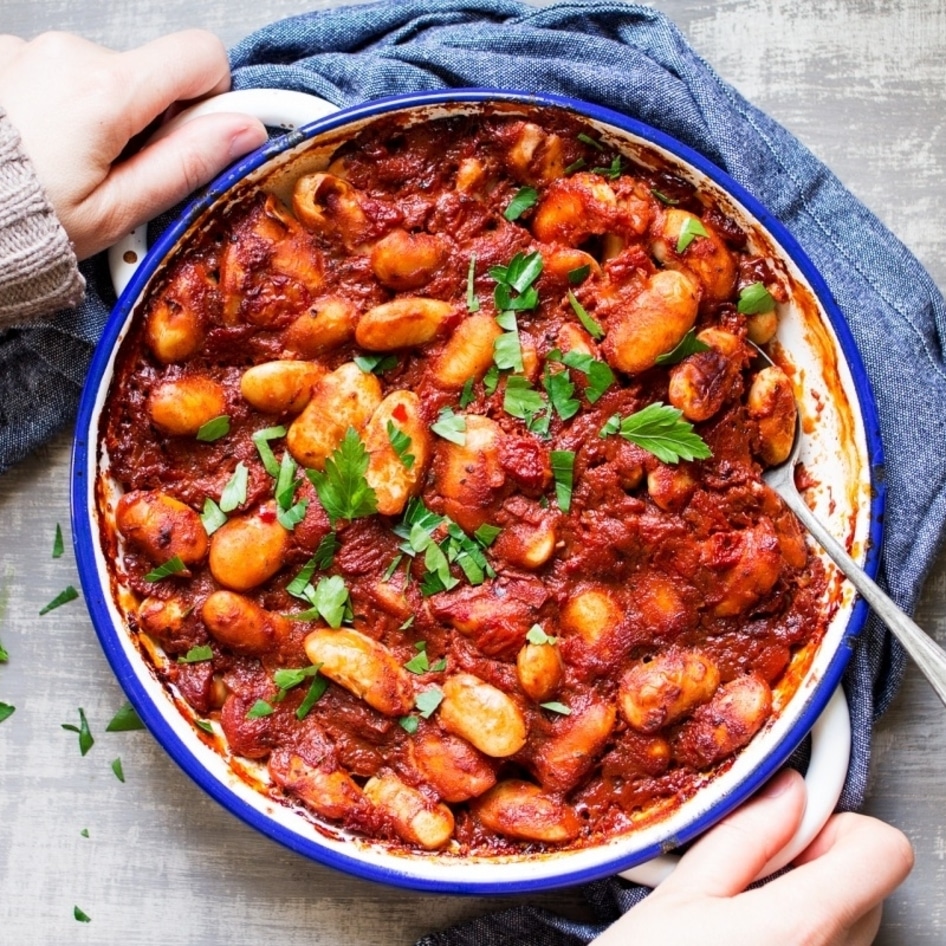10 Vegan Dishes from (the Country of) Georgia
Stews, eggplant rolls, dolmas, and an array of vegan wines are just a few reasons to love Georgian cuisine.
March 8, 2016
At the crossroads of Europe and Asia and along the Eastern shores of the Black Sea lies the Republic of Georgia, a fertile country surrounded by the stunning Caucasus Mountains. The land is home to myths, legends, and a rich cultural identity, perhaps none more important than its status as the birthplace of wine (approximately 8,000 years ago). This history has been championed by celebrity chefs, wine writers, and worldwide foodies embracing the region’s unique blend of delightfully aromatic dishes, giving the region a renewed sense of prominence.
Though most people in Georgia wouldn’t understand why someone wouldn’t eat pork for ethical reasons, the religious eat a mostly plant-based diet during fasting periods that last for 40 days each, or 200 days a year. When Georgians fast, they eat a variety of dishes packed with seasonal vegetables, mushrooms, nuts, herbs, and spices. Orthodox fasting is not to be confused with actual caloric fasting, as people eat—and they eat a lot. They just don’t eat food made with meat or animal products, although fish is allowed. Luckily, as evidenced by these 10 Georgian dishes, you don’t need to fast in order to enjoy this delectable cuisine.
1. Lobio
Lobio refers to stewed kidney beans, but there are variations, including stewed beans with herbs served in a clay pot, cold bean salad, and bean stew served with pasta.
2. Lobiani
Lobiani is the vegan answer to the fat-and cholesterol-laden cheese pie khatchapuri, which is often topped with a raw egg and a huge pat of butter. A bread boat filled with cooked kidney beans that is then baked in a wood-fired oven on the side of a tone (round earthenware oven), this dish is typically served with pickled peppers.
3. Badrijani Nigvzit
Eggplant rolls with walnut paste are a staple on the Georgian table and quite easy to make. These long strips of fried eggplant have been smeared with a delicious garlic and walnut sauce, and then rolled into cylinders or other shapes.
4. Phkali
These balls of vegetables and walnuts with aromatic herbs and dried Georgian spices can be made any time of the year with seasonal vegetables. One favorite is made with roasted pumpkin—the subtle sweetness of the pumpkin balances out the savory and spicy elements, while the addition of walnuts gives added bite.
5. Mushroom or potato khinkali
Better known in its meat-based form, these famous Georgian soup dumplings are made with flour and water-based dough, so there’s no need to worry about eggs. Similar to the pleated dumplings of east and central Asia, khinkali are a remnant of much earlier Mongol invasions, and legend has it that the ideal khinkali has 19 pleats—but nobody can confirm why. What’s important is that you first suck the soupy liquid from the mushroom-based varieties and don’t eat the doughy knob (kudi) at the top. Eat them with your hands, and leave the kudi on your plate to keep track of how many you eat.
6. Tolma
Similar to Turkish dolmas, tolma are usually made with pickled cabbage leaves or grapevine leaves. In Georgia, it’s common to find them filled with minced meat, but meat can easily be replaced by one of the many traditional grains. Find them on Georgian menus under the category of “fasting.”
7. Pickles
In Georgia, no vegetable escapes fermentation. You will find pickled peppers, cabbage, beets, and jonjoli (a pickled wild flower). These also act as the perfect accompaniment to all the heavy nut-based and bean dishes, while fermented foods (such as pickled vegetables) aid digestion.
8. Churchkhela
Churchkhela is a traditional sausage‑shaped candy originating from Georgia. The main ingredients are grape must (the pressed grapes that includes the juice, skins, and seeds), nuts, and flour. No food photo says “Georgia” more than churchkhela, which are made in the fall at harvest and can be preserved for months. Traditionally carried by warriors and knights on long journeys to provide sustenance, churchkhela are easy to transport and are full of nutrition for long travels.
9. Ajapsandali
A delicious Georgian ratatouille vegetable dish made with eggplants, tomatoes, bell peppers, garlic, and cilantro, ajapsandali is a perfect summer dish often served cold.
10. Qvevri wine
Naturally made wines produced in a qvevri—the oldest known wine vessel that dates back more than 8,000 years—are vegan. The qvevri is a large terracotta wine vessel permanently buried in the earth and used for both fermentation and storage. These special winemakers do not require filtration because the shape of the qvevri ensures that solid materials sink to the bottom and the wine will be clear, so there’s no need to clarify their wines with eggs, fish bladders, or blood. In Georgia, wine is regarded on the same level as food and is always on the table.
Sarah May Grunwald (instagram.com/tastegeorgia) is a certified sommelier and professor of wine who currently organizes events and tastings of Georgian wine in Europe and the United States.
JUMP TO ... Latest News | Recipes | Guides | Health | Subscribe
Photo courtesy of Sarah May Grunwald

